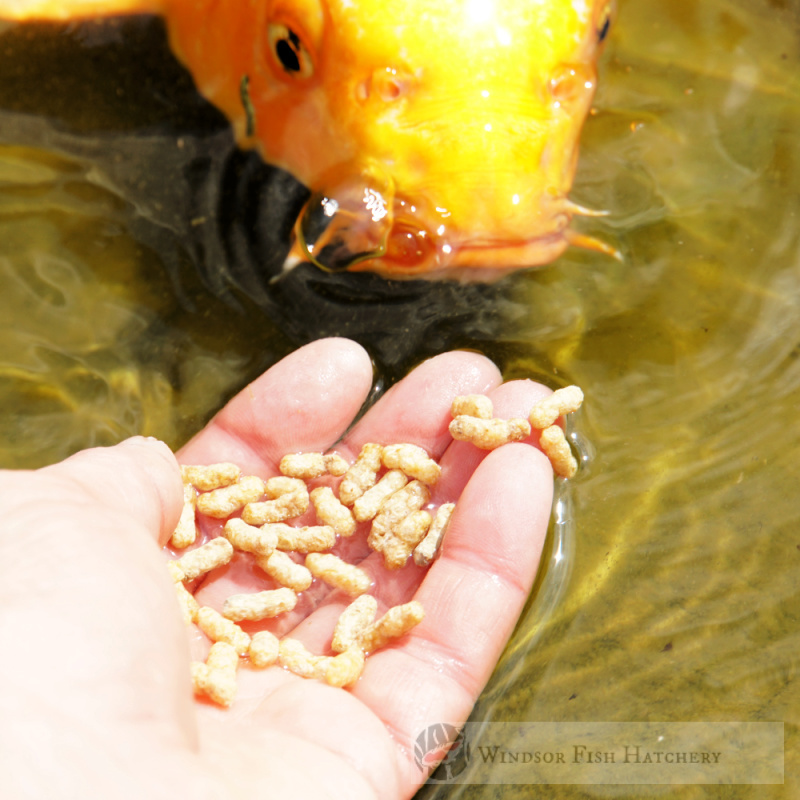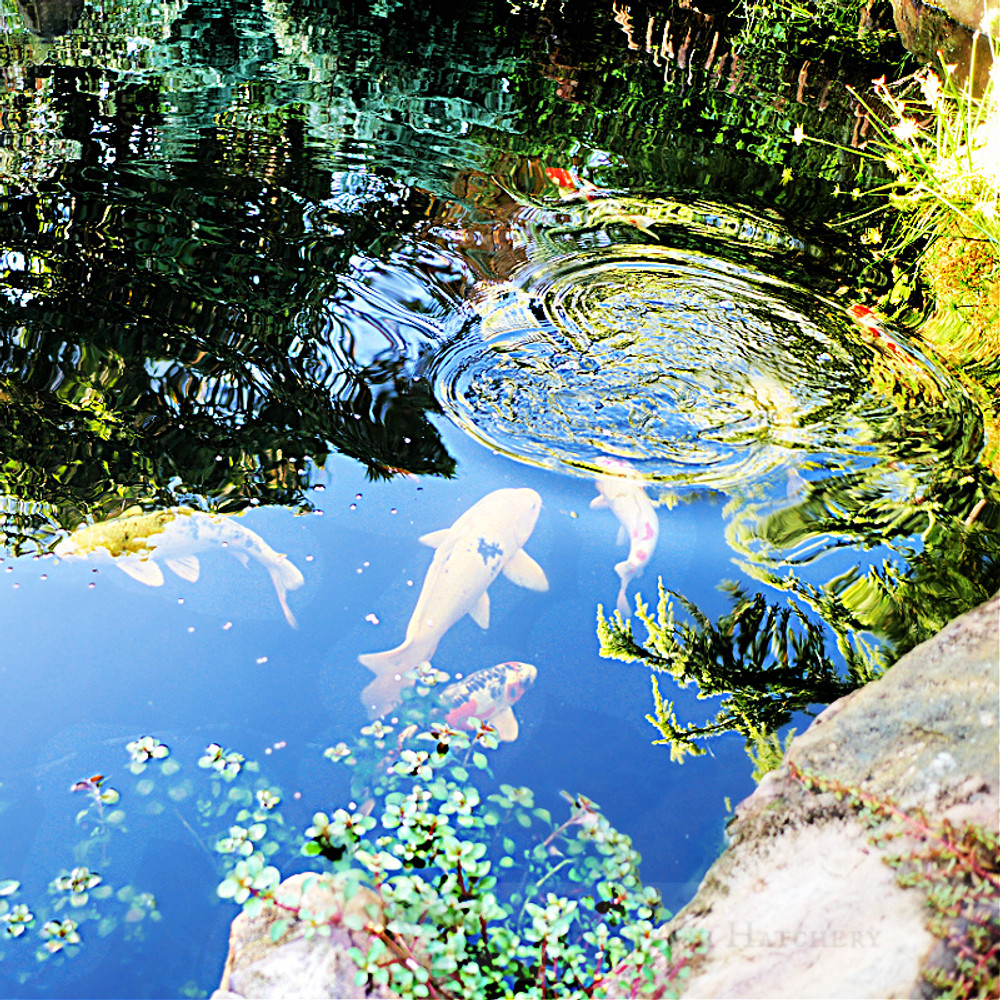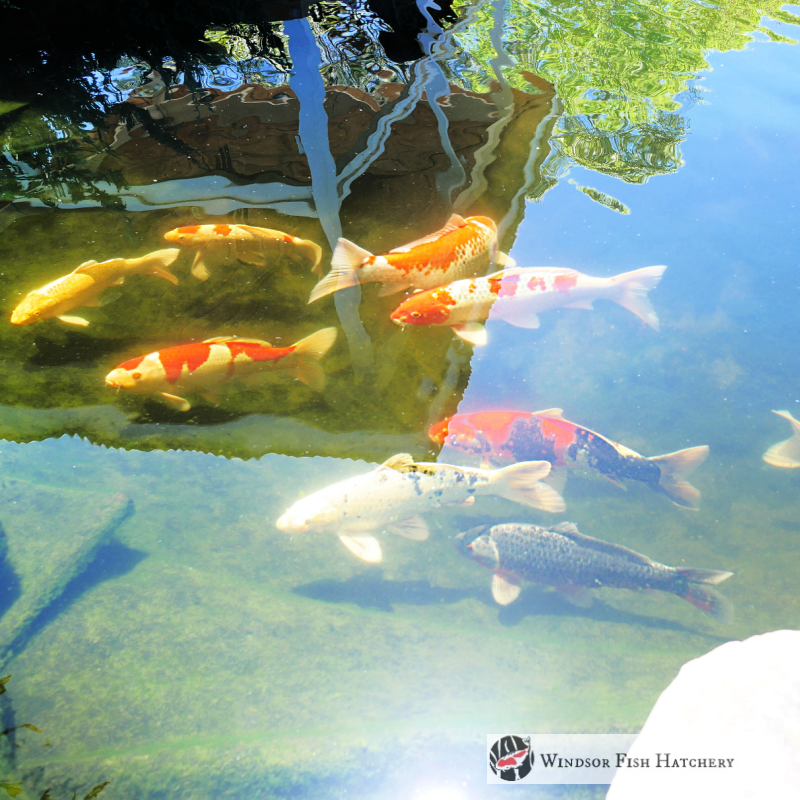If you enjoy nature, outdoor projects, and peaceful beauty, koi can be incredibly rewarding pets. They’re not high-maintenance day-to-day, but they do require a serious commitment to water quality, space, and long-term care.
1. Plan the Location Carefully
-
Choose a spot with partial shade to help regulate temperature and reduce algae growth.
-
Avoid placing the pond directly under trees—falling leaves can clog filters and cause poor water quality.
-
Make sure the location is easily accessible for maintenance and viewing.
-
Avoid low-lying areas where rainwater runoff could introduce contaminants.
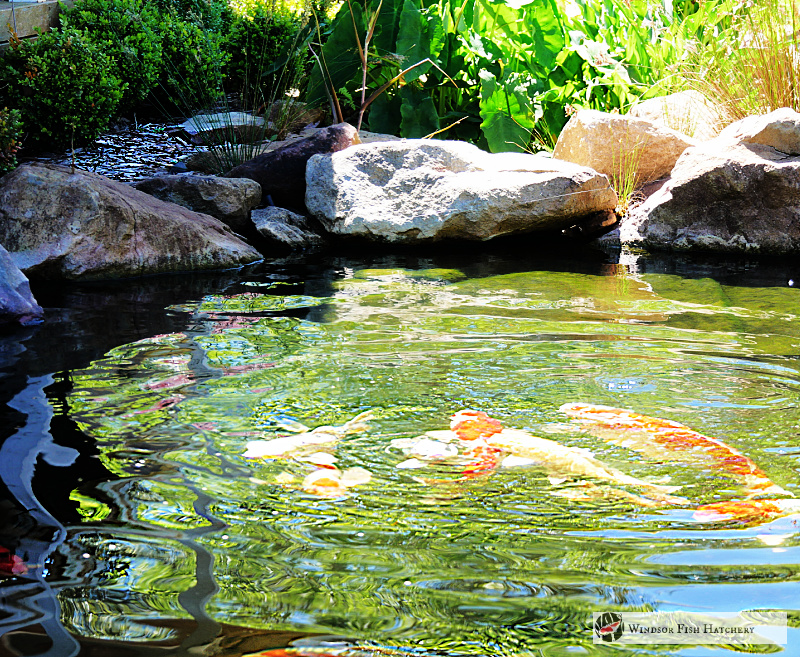
✅ 2. Size and Depth Are Critical
-
Aim for a minimum of 1,000 litres of water; koi need room to swim and grow.
-
The pond should be at least 3 feet deep to protect koi from freezing temperatures and predators. This also gives your koi room to exercise and enjoy their existence, and allows you to collect all the different koi fish you want. Overall, the bigger the better.
- Large ponds are easier to keep clean, whereas small bodies of water will need more maintenance
-
Deeper ponds also help regulate water temperature more consistently throughout the year.
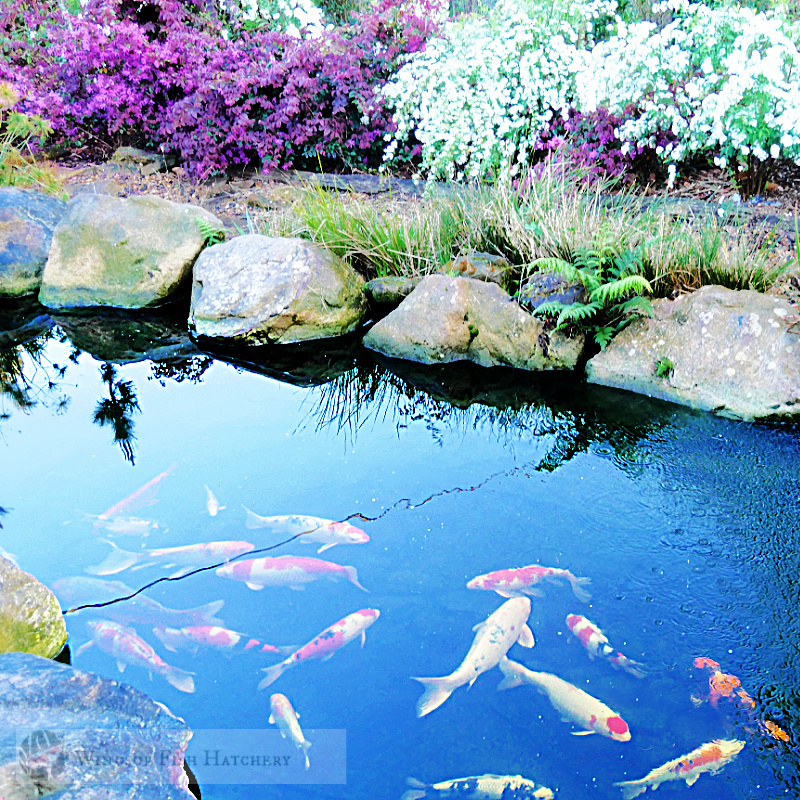
✅ 3. Install a Quality Filtration System
-
Use a mechanical filter to remove debris and a biological filter to manage ammonia and nitrites.
-
Consider a UV clarifier to reduce green water and algae blooms.
-
Choose a system rated for a larger volume than your pond to ensure efficiency.
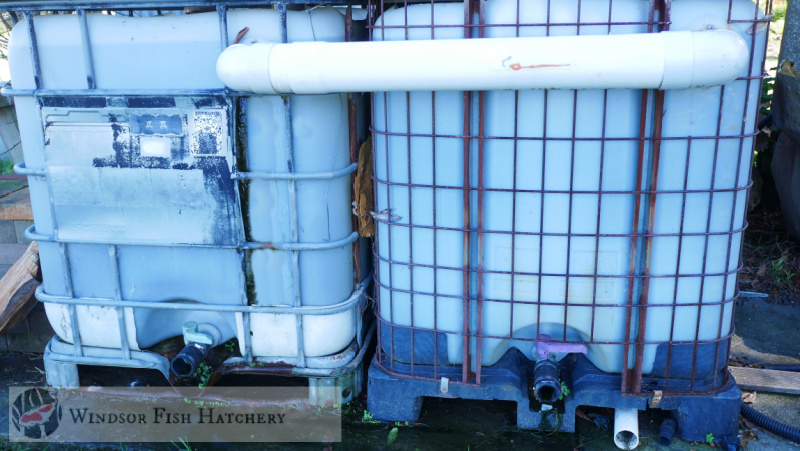
✅ 4. Add Proper Aeration
-
Koi need well-oxygenated water. Use aerators, fountains, or waterfalls to maintain oxygen levels.
-
Aeration is especially important during summer heat when there is less oxygen in the water. Its also very important to keep your pH at around 7.8 so the fish can access the oxygen.
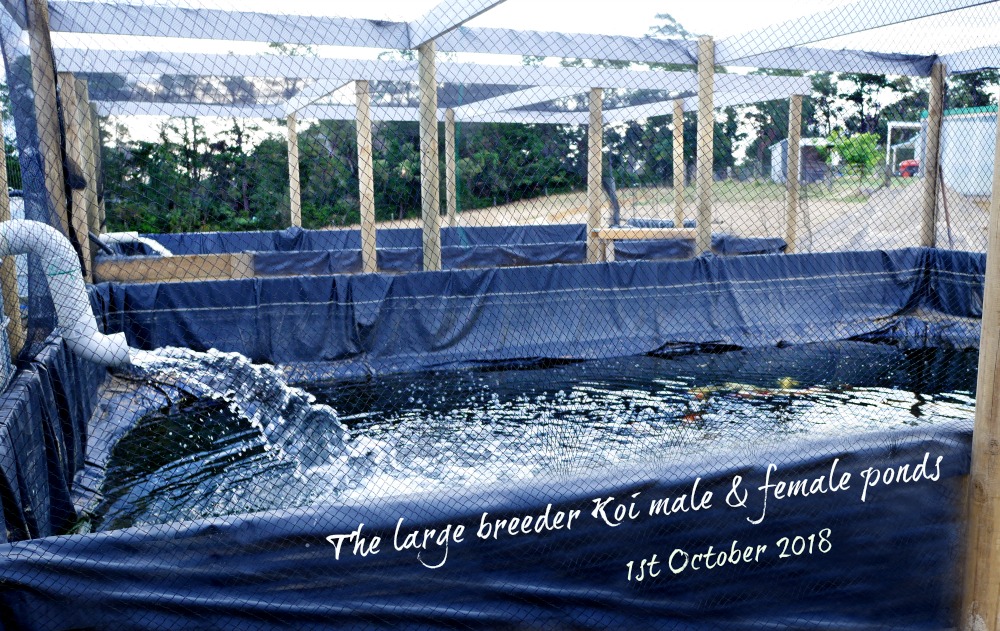
✅ 5. Use a Durable Pond Liner
-
Install a high-quality EPDM rubber liner or use a preformed pond shell.
-
Place an underlayment beneath the liner to protect it from rocks and sharp roots.
-
Avoid using concrete unless properly sealed—it can alter water pH.
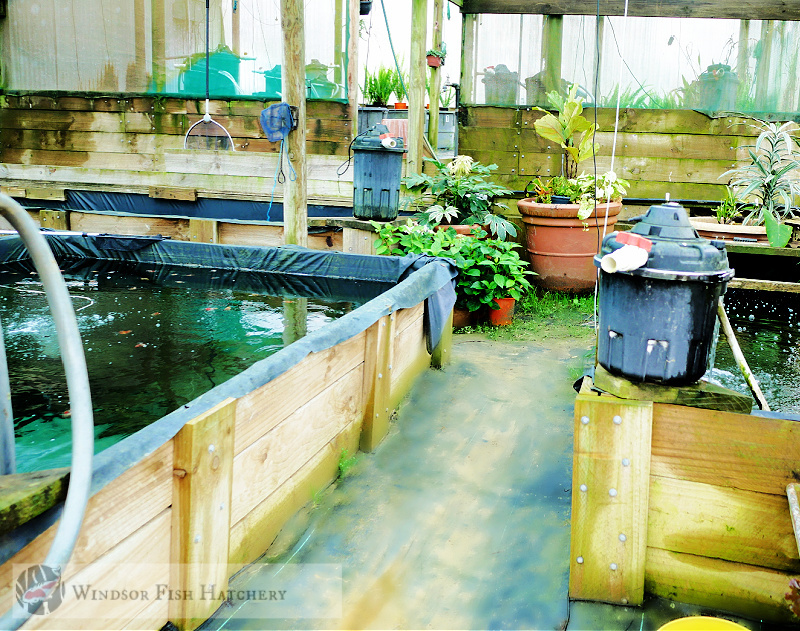
✅ 6. Introduce Plants Strategically
-
Aquatic plants provide shade, oxygen, and natural filtration.
-
Use floating plants and marginal plants (like water lilies).
-
Change the soil on the plants you buy and plant in pots of pea gravel.
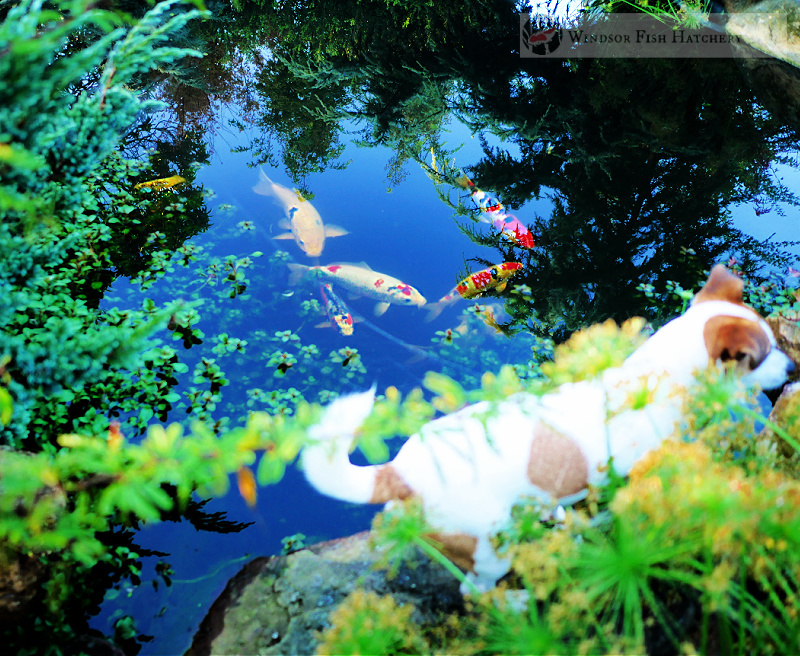
✅ 7. Cycle the Pond Before Adding Koi
-
Establish the nitrogen cycle using beneficial bacteria before introducing fish. One of our pond blocks will do the trick, adding extra beneficial bacteria.
In addition to removing excess nutrients that promote algae growth from your pond water, these blocks serve as a pH buffer and Stablizer for your pond water parameters
-
Test water for ammonia, nitrites, and nitrates & pH You will need a test kit.
-
Start with a few koi and increase gradually after water parameters stabilize.
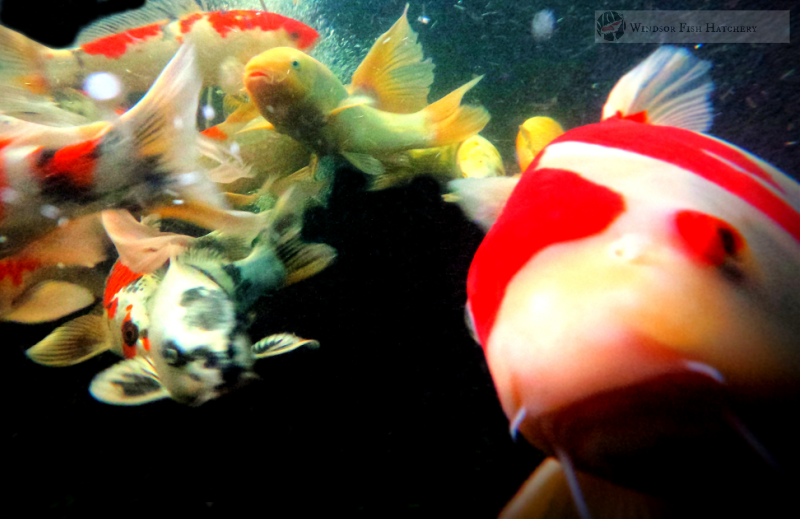
✅ 8. Protect Against Predators
-
Use pond netting, motion-activated sprinklers, or heron decoys to deter birds and other predators.
-
Deep water and hiding spots like plant shelves or fish caves give koi a safe refuge.
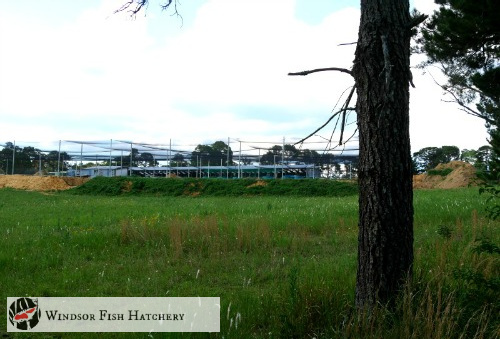
✅ 9. Test and Maintain Water Quality
-
Use a test kit to monitor pH, ammonia, nitrite, nitrate, and water hardness weekly.
-
Perform 10–20% water changes weekly or biweekly to dilute waste buildup.
-
Avoid overfeeding—excess food quickly degrades water quality.
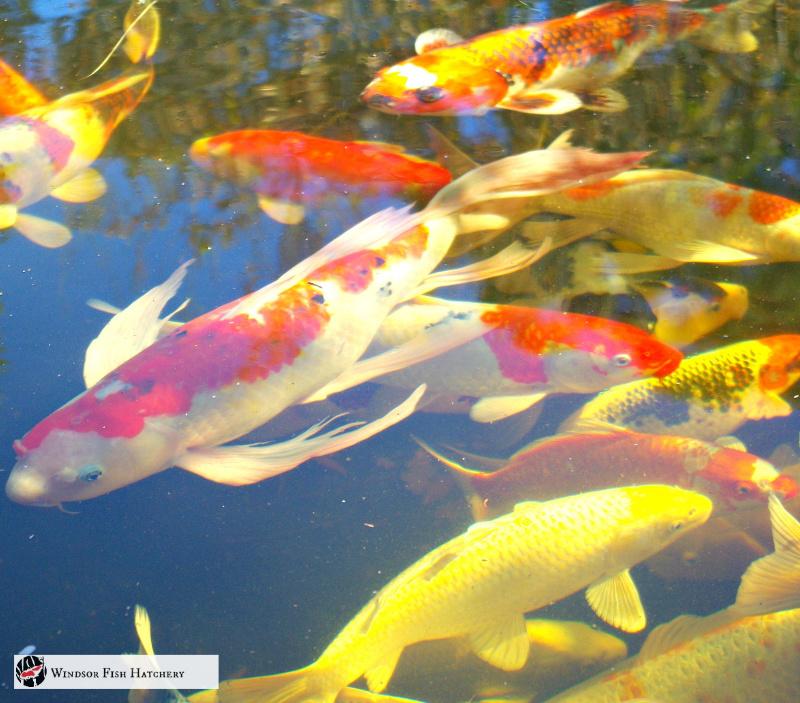
✅ 10. Plan for Winter
-
In cold climates, make sure the pond is deep enough, koi & goldfish do not require a heater
-
Stop feeding koi protein when water drops below 50°F (10°C)—their metabolism slows down. Wheatgerm is best for Winter feeding and into spring. Koi fish food
